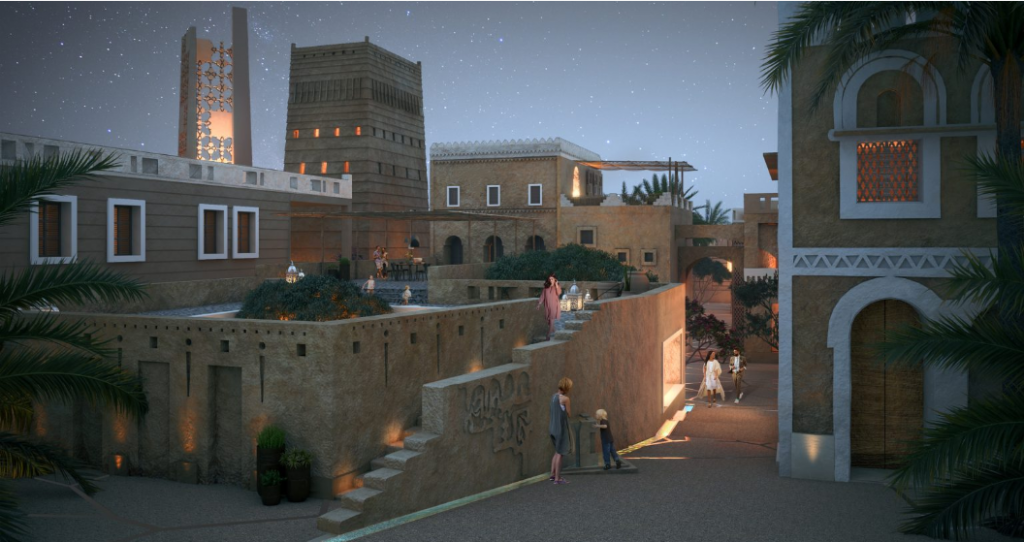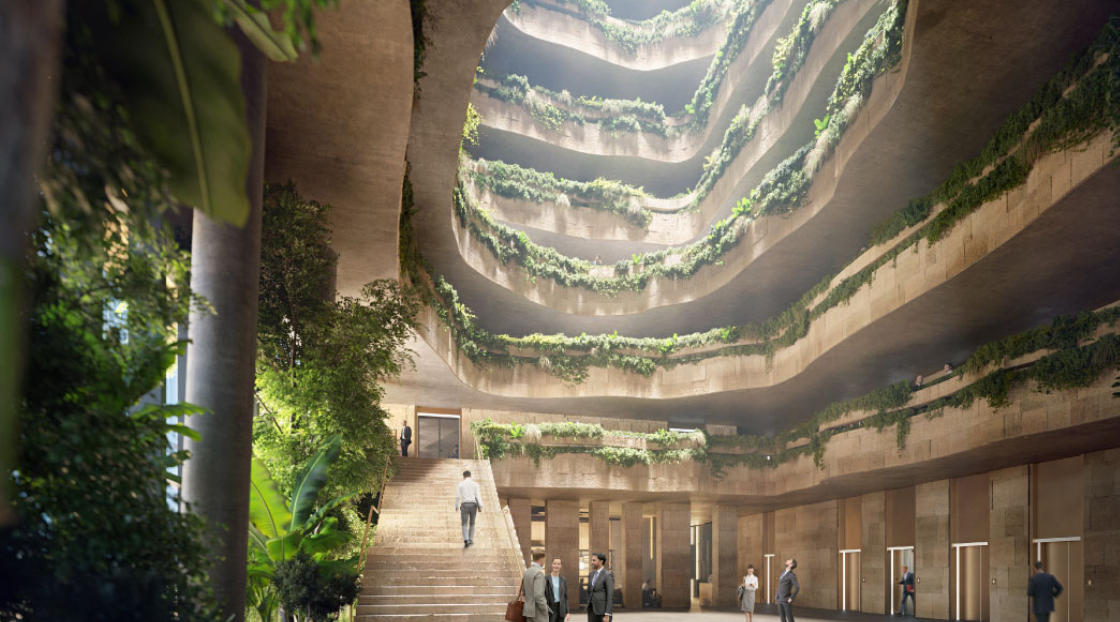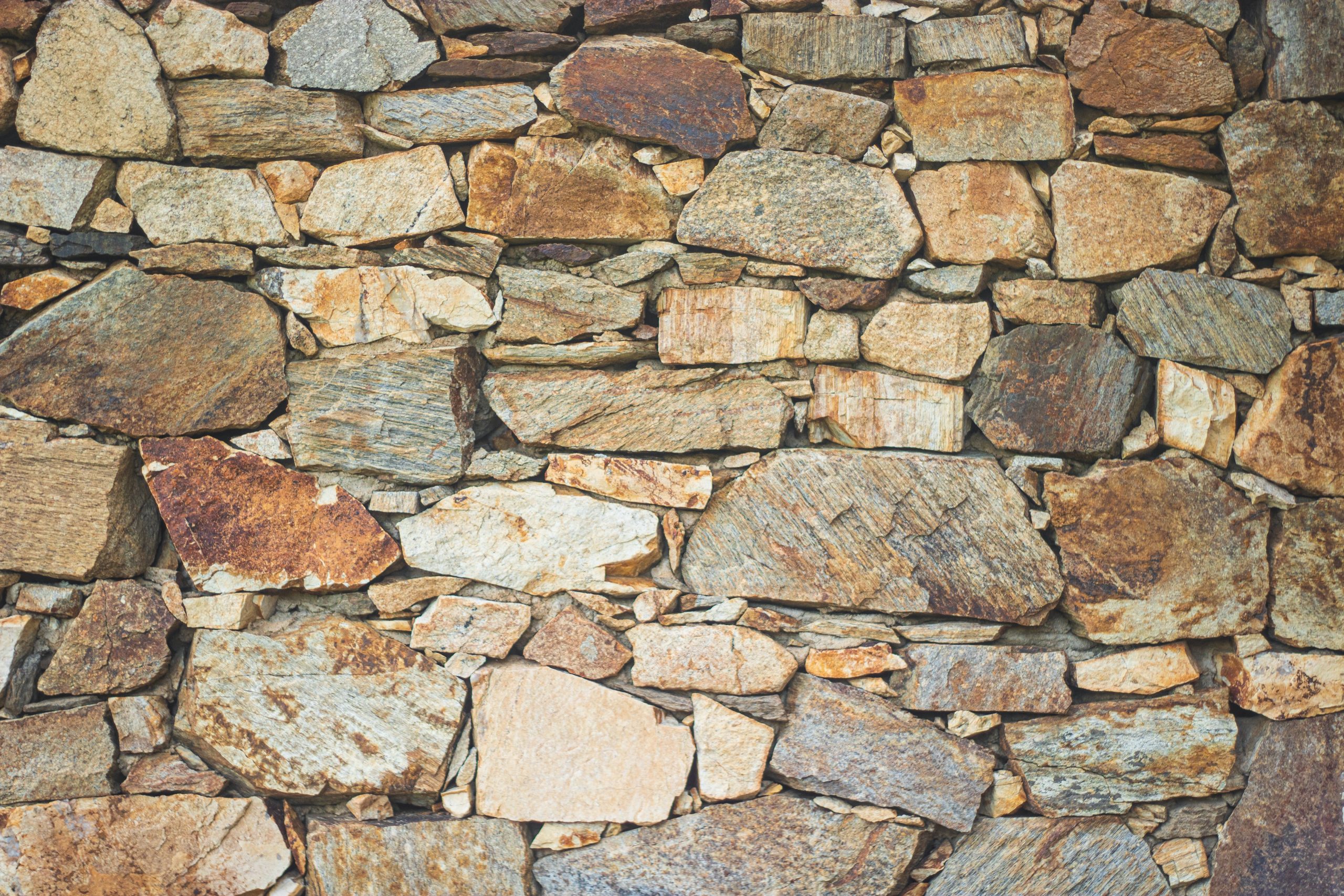Stone has been used as a building material for thousands of years. The ancient Egyptians, Greeks, and Romans were among the first civilizations to use stone extensively in their architecture. The material was prized for its durability and strength, and it was often used for monumental structures such as temples, palaces, and tombs, with one of the most famous examples of ancient stone architecture being the Great Pyramid of Giza, which was built around 2560 BCE. The pyramid is made of over 2 million limestone blocks, each weighing an average of 2.5 tons. The size of the blocks and the precision with which they were cut and fitted together is a testament to the skill of the ancient Egyptian builders, and the fact that the structure still stands strong today is a testament to the design choice of stone in architecture.
In the Middle Ages, stone continued to be an important architectural material. Many of the great examples of European architecture were built during this time, such as Notre Dame and Westminster Abbey, creating an era where art began having a significant influence in design. These sites are still in full function today, again showcasing the strength of material choice, but also by using stone such as limestone or sandstone, extraordinarily intricate carvings and sculptures adorned the interiors and exteriors of these sites- so detailed in fact that contemporary masons find it remarkably difficult to recreate and restore such designs.
During the Renaissance, stone became even more important as an architectural material. Many of the great palaces and public buildings of the period were made of marble, which was prized for its beauty and durability. The Vatican, for example, is made almost entirely of marble, and it features some of the most beautiful sculptures and frescoes in the world.
With such a significant legacy, it may be surprising to realise that due to an array of reasons, stone no longer ‘fills the shoes’ it once did. This is due to substantial, albeit expected, developments in both technology and innovation, as well as society and its needs. Firstly, natural stone is a considerably more expensive building material than alternatives such as concrete and steel. This is due to a combination of factors – primarily the cost of specialist labourers and the cost of materials. Adding to the costs of building with stone is the cost of connections, because of how hard stone is to work with. Getting connections to gas, electricity, and plumbing becomes increasingly complex, with a higher risk of cracking the stone while trying to set up these connections.
Alongside these costs, stone is a poor insulator. Typically, a quality insulator will have a way of trapping heat, such as air pockets or its atomic structure does not allow for the transfer of energy, however, stone has no way of retaining heat due to its thermal transfer properties (x). These increased costs typically drive architects to choose low-cost materials to meet budget outlines.  Desert Resort, Empty quarter, Saudi Arabia
Desert Resort, Empty quarter, Saudi Arabia
However, in recent years, stone has found a new purpose in contemporary interior design and designing spaces for wellness. With such a variety of unique patterns and compositions at hand, natural stone has long been appreciated for its aesthetic value. In contemporary design, the use of materials such as marble and quartz adds a touch of luxury and sophistication to any space and is frequently seen in the form of a countertop, fireplace, or feature wall. The incorporation of such feature pieces and focal points adds texture and depth to a space while also promoting health and wellness due to low CO2 emissions.
Wellness has become a major trend in interior design, with a growing emphasis on creating spaces that promote health and wellbeing. Stone plays a vital role in this trend, as it has a calming effect on the mind and body. Its natural texture and coolness can help to reduce stress and anxiety, while its durability and longevity create a sense of stability and security. In the opposite tone from marble, stone with a more ‘natural’ appearance is also a great choice for creating spaces that promote a connection with nature. The use of natural materials is a key aspect of biophilic design, which aims to bring elements of the natural world into indoor spaces. By using stone, designers can create a sense of grounding and tranquillity, while also evoking the beauty of natural landscapes.
Additionally, as architects and designers continue to find new ways of incorporating stone into their work, we are now seeing an increase in stone being used in interior design as a material for furniture. Stone tables, benches, and even lighting fixtures are becoming increasingly popular, as they offer a unique combination of durability and beauty. Stone furniture pieces can be used to create a sense of solidity and permanence, adding to the overall feeling of wellness and the connection with natural elements.
Furthermore, due to the aforementioned beneficial properties of stone, it is also being used in the design of outdoor spaces such as gardens and meditation areas. By using natural stone, designers can create a seamless transition between indoor and outdoor spaces while also evoking a sense of wellness and connection with natural environments. Sanko HQ,Büyükdere Caddesi, Istanbul Turkey
Sanko HQ,Büyükdere Caddesi, Istanbul Turkey
In conclusion, stone is a versatile material that has found a new purpose in contemporary design and in designing spaces for wellness. Its unique patterns and textures add beauty and sophistication to any space, while its physical properties promote a sense of stability, security, and connection with nature. Whether it’s used as a focal point or as a material for furniture, stone has become an important element in creating spaces that promote health and wellbeing.


